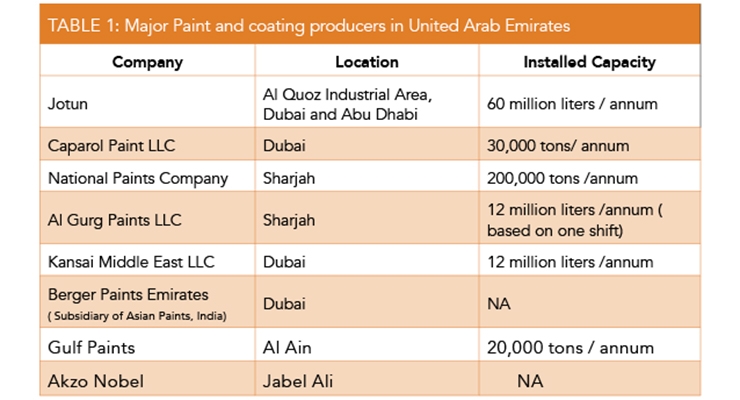Find Out Exactly How Seasonal Factors Influence Commercial External Painting Success And Discover The Most Effective Times To Ensure Long-Term Outcomes For Your Task
Find Out Exactly How Seasonal Factors Influence Commercial External Painting Success And Discover The Most Effective Times To Ensure Long-Term Outcomes For Your Task
Blog Article
Created By-Aguilar Rodriquez
When you're preparing a commercial external paint job, seasonal elements can make or damage your outcomes. You'll intend to think about how temperature and moisture impact paint application and drying times. Picking the best period can ensure your paint adheres appropriately and lasts much longer. But which periods are absolutely the most effective for this type of work? Let's check out the key elements that can influence your task's success.
The Effect of Temperature on Paint Application
When you're planning a commercial external painting project, the temperature can substantially impact exactly how well the paint sticks and dries.
Preferably, you intend to repaint when temperatures range in between 50 ° F and 85 ° F. If it's too chilly, the paint may not heal effectively, resulting in issues like peeling off or fracturing.
On the other hand, if it's as well warm, the paint can dry also quickly, stopping proper bond and resulting in an uneven finish.
You need to likewise consider the time of day; morning or late afternoon offers cooler temperature levels, which can be extra positive.
Constantly check exterior painting service for the certain paint you're utilizing, as they frequently provide assistance on the perfect temperature level array for optimum outcomes.
Humidity and Its Impact on Drying Times
Temperature level isn't the only ecological aspect that affects your commercial exterior painting task; moisture plays a significant duty as well. High moisture levels can decrease drying times substantially, influencing the total high quality of your paint work.
When the air is filled with wetness, the paint takes longer to heal, which can lead to issues like poor bond and a higher threat of mold development. If Click On this website on a specifically humid day, be gotten ready for prolonged wait times in between coats.
It's critical to keep an eye on regional weather and plan appropriately. Ideally, go for moisture levels in between 40% and 70% for optimum drying.
Maintaining these factors in mind guarantees your job stays on track and supplies a lasting finish.
Best Seasons for Commercial Outside Painting Projects
What's the most effective time of year for your business exterior painting tasks?
Springtime and very early loss are usually your best options. During these seasons, temperature levels are mild, and moisture levels are commonly reduced, producing ideal problems for paint application and drying out.
Stay clear of summer's intense heat, which can trigger paint to dry as well rapidly, causing inadequate bond and coating. Similarly, winter months's cool temperature levels can hinder proper drying and treating, running the risk of the durability of your paint job.
Aim for days with temperatures in between 50 ° F and 85 ° F for optimum outcomes. Keep in mind to check the regional weather report for rain, as damp conditions can ruin your project.
Preparation around these variables ensures your paint task runs efficiently and lasts much longer.
Final thought
To conclude, preparing your industrial exterior paint tasks around seasonal considerations can make a substantial distinction in the end result. By organizing job during the excellent temperature levels and humidity degrees, you'll ensure much better adhesion and drying out times. Remember to watch on local weather report and choose the correct time of year-- spring and very early autumn are your best bets. Taking these actions will aid you accomplish a resilient and specialist surface that lasts.
